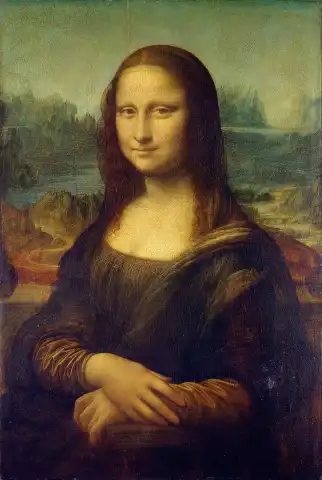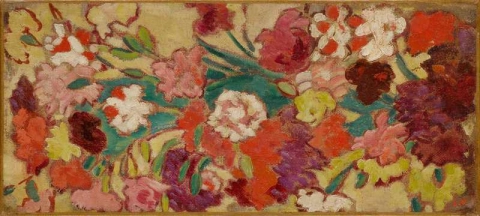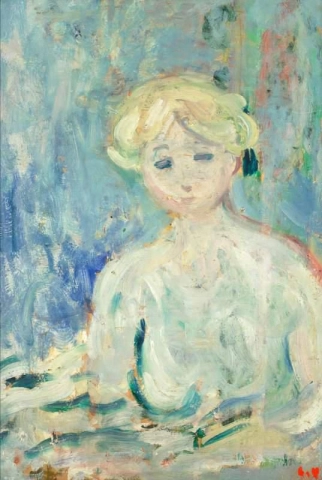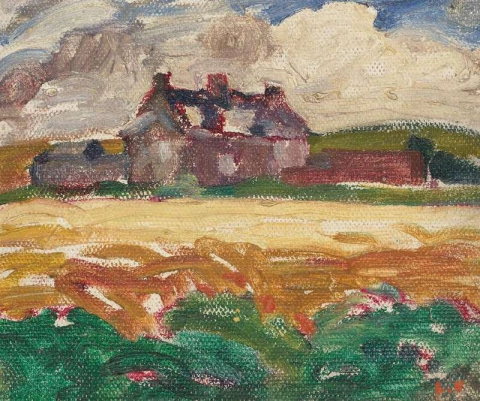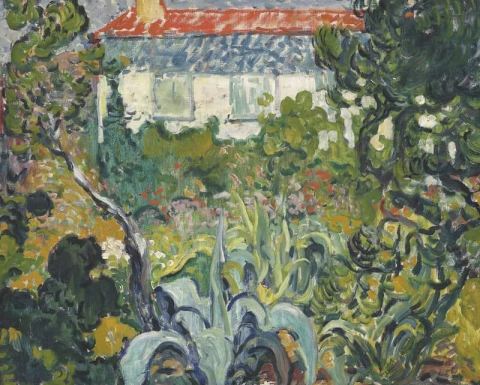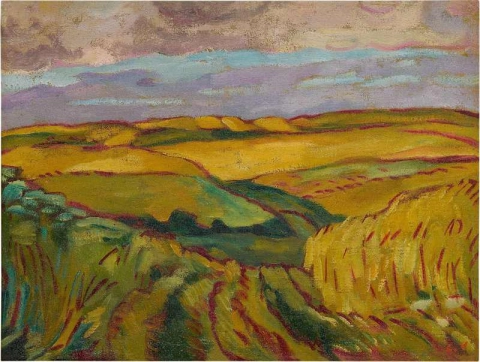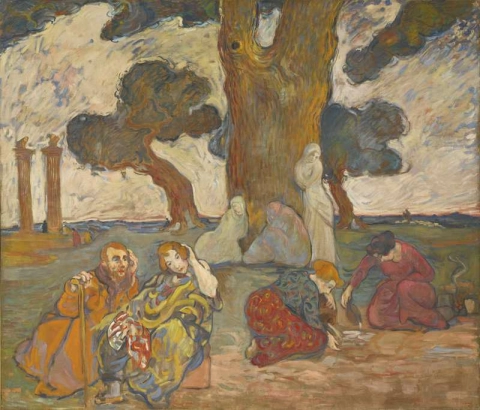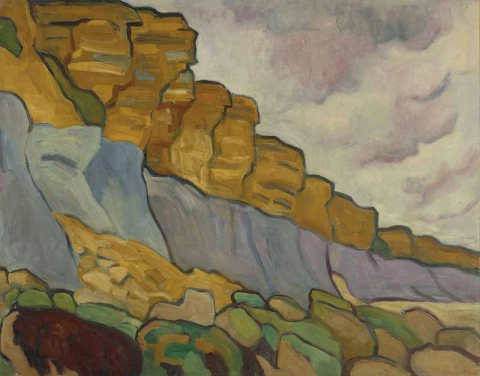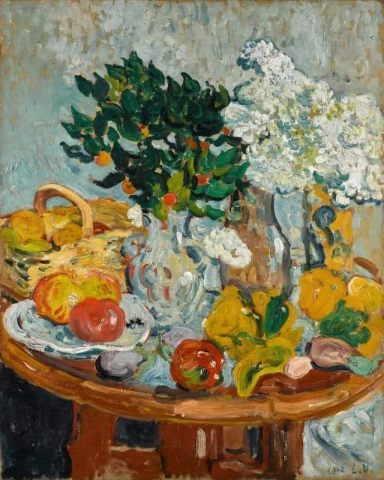Hand-painted painting reproductions - Artists - Louis Valtat
Imagine owning an original work of art by Louis Valtat, one of the greatest artists in history. At POD we offer you the opportunity to make this dream come true. We reproduce Louis Valtat's works down to the smallest detail, so you can enjoy them in your own home.
Our reproductions are made by experienced artists who use the best materials and techniques. We are dedicated to providing you with the highest quality works of art, which will bring joy and inspiration to your family for generations.
Louis Valtat: Pioneer of Color and Fauvism’s Vibrant Beginnings
Early Life and Artistic Journey
Born on August 8, 1869, in Dieppe, France, Louis Valtat was a visionary in color and expression who played an integral role in the formation of the Fauvist movement. Raised in a family that appreciated the arts, Valtat’s early education at the prestigious École des Beaux-Arts and later the Académie Julian in Paris provided him with a strong foundation in classical techniques. Influenced by Impressionists like Monet and the vivid colors of Van Gogh, Valtat developed a passion for using color to convey emotion and atmosphere, distinguishing him as one of Fauvism’s earliest innovators.
Key Works and Signature Style
Valtat’s work, such as The Red Sail (1895), Port de Saint-Tropez (1899), and Bouquet of Flowers (1911), exemplifies his pioneering use of intense, expressive color and thick, bold brushstrokes. His paintings often feature Mediterranean landscapes, lively floral arrangements, and bustling harbor scenes, marked by vibrant hues and contrasting tones. Valtat’s works are recognized for their early exploration of what would become Fauvism’s signature style—using color as an expressive force independent of reality. His bold, unmixed colors and abstracted forms broke away from Impressionism’s emphasis on light, embracing instead a new intensity that inspired future Fauvist artists.
Technique and Artistic Innovations
Louis Valtat’s technique centered on color as a primary tool for emotion and movement, creating a sense of vibrancy and energy in his paintings. Using thick applications of paint, he enhanced the texture and dimension of his works, emphasizing both form and emotion. His color palette included vivid, unblended hues that offered a dynamic, almost pulsating quality. Valtat’s approach represented a departure from realism, prioritizing visual impact over lifelike representation. This groundbreaking use of color and texture placed him among the early influences of Fauvism, paving the way for artists like Matisse and Derain.
Legacy and Enduring Influence
Though less renowned than other Fauvist icons, Louis Valtat’s contributions remain foundational to the movement, with his use of color and texture influencing modern art throughout the 20th century. His works, infused with a vividness and dynamism that broke away from traditional forms, continue to inspire contemporary artists who seek to explore color’s expressive potential. His ability to capture the Mediterranean’s essence and bring emotion to life on canvas has cemented Valtat as a significant figure in the evolution of modern art.
Where to Buy Reproductions of Louis Valtat’s Work
At POD, we offer high-quality reproductions of Louis Valtat’s most evocative works, perfect for anyone drawn to the vibrancy and emotive power of Fauvism. From the dynamic strokes in Port de Saint-Tropez to the bold colors of Bouquet of Flowers, our handmade reproductions capture the essence of Valtat’s color-driven style, making it easy to bring the energy and warmth of his art into any space. Enhance your collection with the timeless color and expression of Louis Valtat’s works in premium quality.
